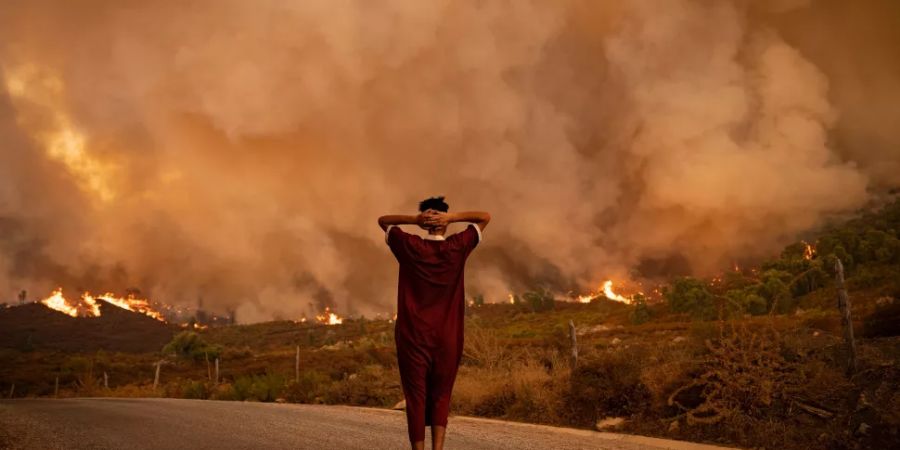

What are the impacts of worldwide warming?
References
By Stephanie Pappas, Alina Bradford final upgraded January 27, 2023
The impacts of worldwide warming will be far-reaching and regularly annihilating, researchers have cautions.
.
"Able to watch this happening in genuine time in numerous places," Josef Werne, a teacher of topography and natural science at the College of Pittsburgh, told Live Science. "Ice is softening in both polar ice caps and mountain ice sheets. Lakes around the world, counting Lake Predominant, are warming quickly — in a few cases speedier than the surrounding environment. Creatures are changing movement designs and plants are changing the dates of action," such as trees budding their clears out prior within the spring and dropping them afterward within the drop.
In spite of the fact that characteristic cycles and vacillations have caused the earth’s climate to alter a few times over the final 800,000 a long time, our current time of worldwide warming is straightforwardly inferable to human activity—specifically to our burning of fossil powers such as coal, oil, gasoline, and natural gas, which comes about within the nursery impact. Within the Joined together States, the biggest source of nursery gasses is transportation (29 percent), taken after closely by power generation (28 percent) and mechanical action (22 percent). Learn almost the normal and human causes of climate alter.
Checking unsafe climate alter requires exceptionally profound cuts in emanations, as well as the utilize of options to fossil fills around the world. The great news is that nations around the globe have formally committed—as portion of the 2015 Paris Climate Agreement—to lower their emanations by setting modern guidelines and creating modern approaches to meet or indeed surpass those measures. The not-so-good news is that we’re not working quick sufficient. To maintain a strategic distance from the most exceedingly bad impacts of climate alter, researchers tell us that we ought to diminish worldwide carbon outflows by as much as 40 percent by 2030. For that to happen, the worldwide community must take quick, concrete steps: to decarbonize power era by evenhandedly transitioning from fossil fuel–based generation to renewable vitality sources like wind and sun powered; to zap our cars and trucks; and to maximize vitality productivity in our buildings, apparatuses, and businesses.
